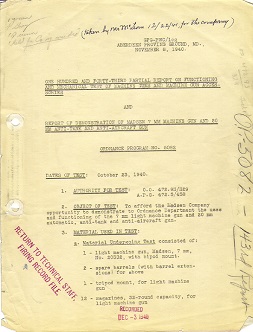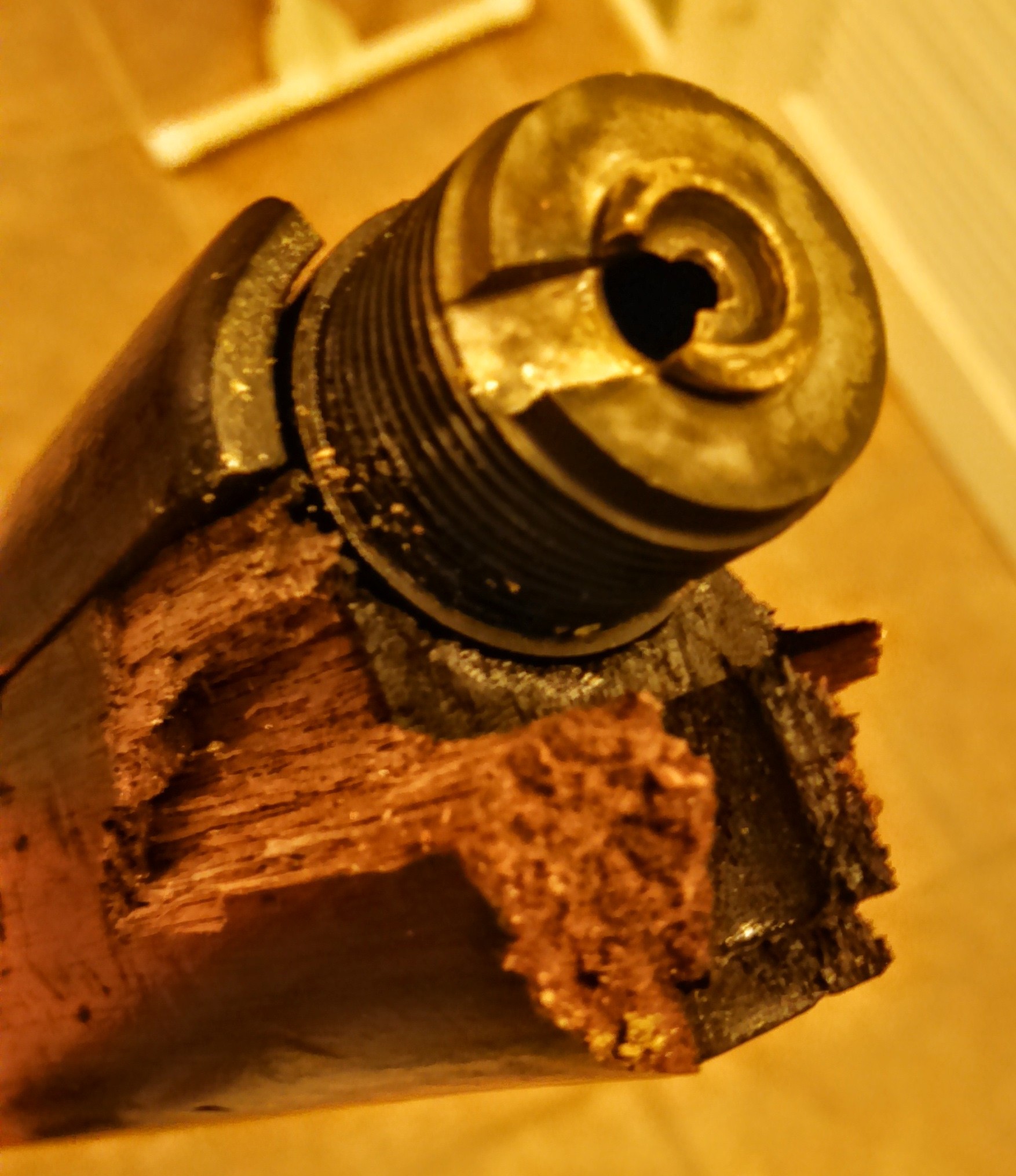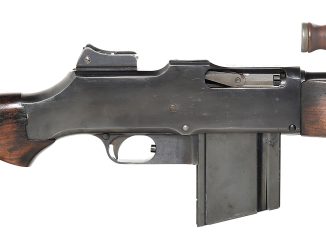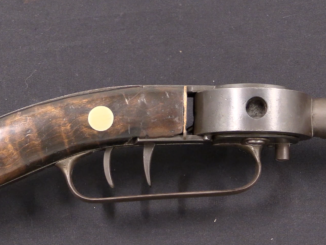In October of 1940, the US proving ground at Aberdeen, Maryland conducted testing of both the Madsen light machine gun (in 7mm caliber) and the Madsen anti-tank/anti-aircraft cannon in 20mm. On November 8th it published a report on the trial (according to its title, the 143rd such report on machine gun testing – I would love to find a full archive of those reports!) which included function testing the LMG, armor penetration testing of the 20mm, and testing the effectiveness of the explosive warhead in the 20mm projectiles. The report is 17 pages of text and a further 35 pages of photos, and should be interesting to anyone interested in the topic.
In particular, the armor penetration testing includes notes on the exact thickness, hardness, slope, etc of the armor plate used. It was noted in the conclusions that the 20mm Madsen was not as effective as the 20mm Solothrun previously tested (which, unlike the Madsen, could pierce 1.5″ face-hardened plate at 100 yards).
You can download the complete report here:





A thought – when looking for historical reports like this, you might check DTIC. There’s a LOT of old reports that can be downloaded. I don’t know about this specific one, but you can find yourself browsing for hours!
have you looked on the internet archive for a full archive of those reports from the US proving ground at Aberdeen
“It was noted in the conclusions that the 20mm Madsen was not as effective as the 20mm Solothrun previously tested”
I.e. the Solothurn S-18/1000 firing 20×138 round (earlier Solothurn S-18/100 was firing weaker 20×105 round)
http://en.wikipedia.org/wiki/Solothurn_S-18/1000
states that
“In 1940–1941 the US Army considered adopting the Solothurn S18-1000. The weapon was standardized for limited procurement as 20mm automatic gun T3. In spring 1941 the Solothurn was tested against the .90-cal. T4 automatic gun. Although less powerful, the Solothurn was also less bulky and complicated and was found more suitable for Army use. The plans were to acquire an order of 50 pieces and later to produce the weapon in the US. However, long contract negotiations resulted in abandonment of the planned purchase.”
I wonder if a Freedom Of Information Act request could produce all the test reports. Certainly there would be costs involved (the government can charge reasonable copying costs) but perhaps a group cold fund the request via Kickstarter or similar.
Bingo! If it comes to that, I’ll kick in some funds to help.